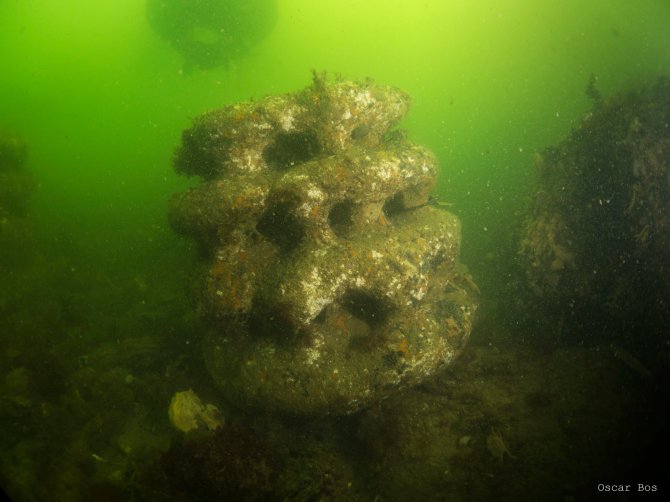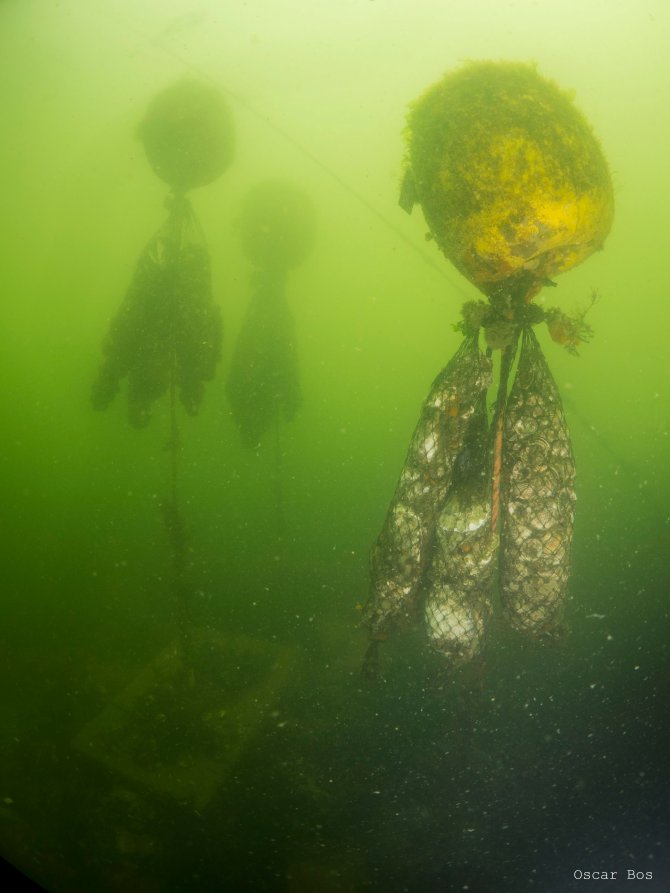
Project
ReVIFES: North Sea Reef Vitalization For Ecosystem Services
Biogenic reefs – hard structures formed by living organisms such as e.g. oysters, mussels, tubeworms and corals – are vital components of marine systems worldwide, and often provide important ecosystem services.
Yet despite their importance, marine reefs have been rapidly degrading due to human impact over the last centuries, with oyster reefs having lost a staggering 85% worldwide. The North Sea is exemplarily as this system lost over 25,000km2 (20% of the sea floor) in oyster-dominated reefs due to overharvesting and recurrent bottom disturbance by trawling. Realization of reef restoration, however, is hampered by knowledge gaps on how to restore reefs offshore. The scientific research in this project aims to develop novel techniques that overcome bottlenecks restricting reef restoration at open sea by developing (1) viable techniques for successful hatchery cultivation and settlement of oyster larvae and (2) outplacement systems for reef restoration on both soft and hard substrates.
- At present, flat oyster hatchery production is erratic with sudden and unexplained mortalities of larvae and spat. Contrary to e.g. Pacific oysters, hatchery production of flat oysters is more complicated because fertilization takes place within the female followed by a brooding phase. As bivalves have limited or no ability to synthesize poly unsaturated fatty acids (PUFAs), providing it in the right proportions may be crucial to overcome current bottlenecks. Hence we will carry out experiments on broodstock conditioning and larval rearing with different algal diets and survoival and growth will be monitored. The larvae will be settled on the substrate designs of (2) Conditions such as current speed and food supply will be varied. Settlement success of spat will be determined.
- Outplacement systems need to be filled with a porous material that stimulates settlement of oyster larvae, while reducing predation of recruits. We aim to design 3D-establishment substrates. We will test if mixing in of materials such as e.g. shell hash can enhance oyster settlement. In addition, we will test how the porosity of the structure affects a) settlement, b) predation, and c) growth. We will experimentally determine in mesocosms how the substrate type and the position of larvae (e.g. open, freely accessible surface vs. small crevice) affects predation.


